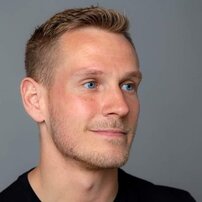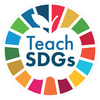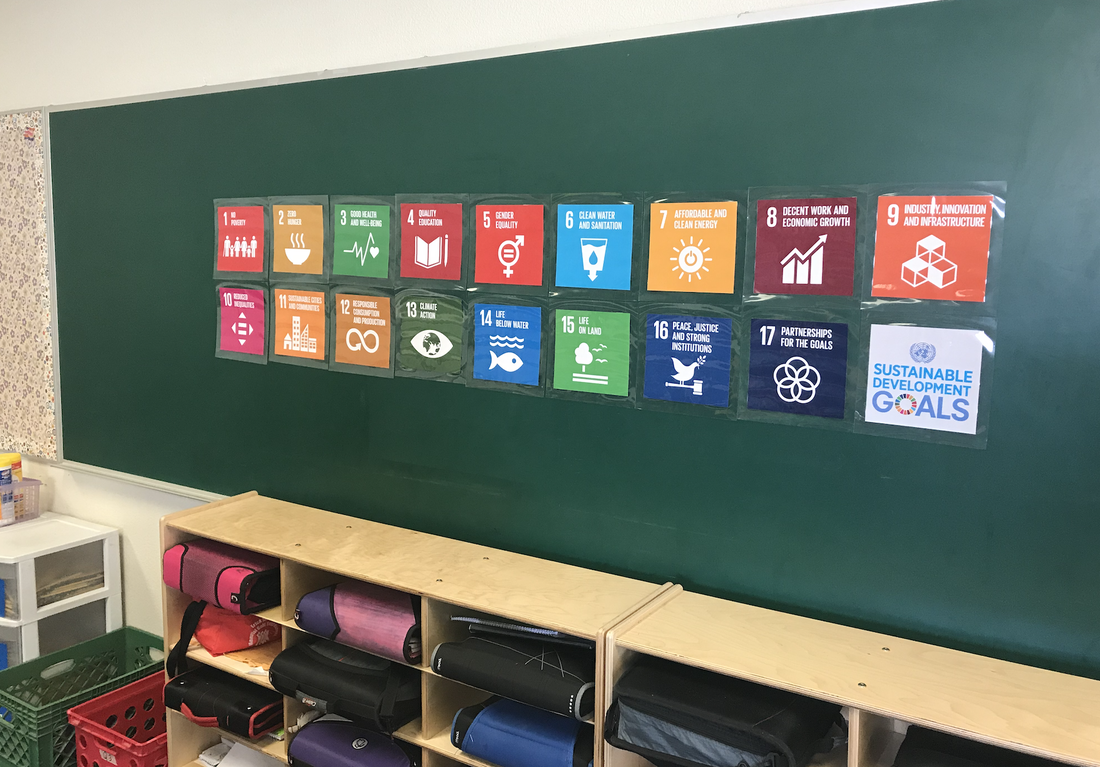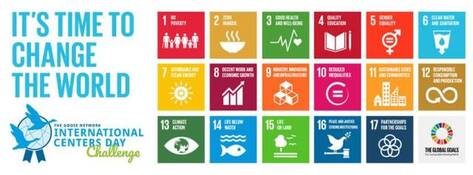|
By Craig Jones Developing an international mindset in children is quickly becoming a vital element of education, in the pursuit of nurturing well-rounded accountable global citizens of the future. The global challenges that we face today and that we will face in the near future will have a greater effect on the children in our classrooms than it will on us. Therefore it is necessary to educate the next generation of the major global issues that will have a significant effect on their lives and that of future generations to come. International mindedness is a difficult concept for young learners to grasp. To have empathy for others is a personal quality that needs to be facilitated and developed. So with that in mind, the first step on this learning journey is awareness of issues such as climate change and the UN Global Goals that aim to tackle these challenges. Next, we need to ask some of the big questions surrounding these problems in order to get our learners to think more deeply about the issues. Then we can look at potential solutions and future ways forward. For this, I have created three units of learning each consisting of six weeks. These units are based on the UN Sustainable Development Goals and are pitched at the particular age level. The way they are used at my school is as a one week focus at the beginning of each term on a two-year cycle. This sets the tone for the term and keeps the UN Goals and international mindedness in general, in the minds of our learners. Alongside high standards of academic achievement, we also need high standards of cooperation, morality, and thoughtfulness. The younger learners focus on goals such as Life on Land as well as Life Below Water whereas the older learners focus on Responsible Consumption and Production, Climate Action and Clean, and Affordable Energy. All the goals are covered by the end of Primary/Elementary School. Linking the learning to the UN SDGs give the tasks more relevance and significance, knowing that they are part of something bigger, something real. The units can be viewed and downloaded for free at www.craigjoneslearning.com.  Craig Jones is an international educator with over 14 years of experience. He is currently a IPC Leader/Year 6 Class Teacher at the Sakhalin International School in Russia. You can connect with Craig on Twitter at @CraigLearning.  By Jenny Kaste I have been on a journey this past year learning how to be a great SDGs teacher. As I move forward and grow, one thing I have learned is that to truly create empowered youth, I must give them both a structure to look at world problems and a path to do something about them. The SDGs are not a curriculum. There is no prescribed right way to embrace SDGs in the classroom. I don’t have students open to page 5 and read about activism. I don’t have students complete a unit or module and have an easy and perfectly impactful project. I don’t get my students to pass a quiz and, poof, they become aware, productive global citizens. The SDG’s are a framework for action and global learning. As an SDGs teacher, I need to pair them with my best practices, my professional learning, my curriculum objectives and my students’ needs to find a way that works. I need to balance the micro and macro prospective of the goals to achieve student civic understanding. At the beginning of last school year, my colleagues and I chose a single SDG to focus on for the 2018-19 school year. We zoomed in on SDG #3 - good health and well being. This connected well to our STEM school focus and was something accessible and understandable to all kids. Our goal for the year was to create action to improve the health and well being of our community, as each grade defined it. All grade levels focused on this one goal; studied it and developed community projects to support it. Our littles learned about washing hands and avoiding germs, our 2nd graders wrote a book about making healthy choices, our 4th graders raised money for St. Jude Children’s Research Hospital and made comfort boxes for kids in our local hospital. My 5th grade change makers brainstormed problems in the community, created PSAs, participated in large scale display at the state capitol and presented to law makers about changes they wanted to see. One of the law changes they advocated for even was passed by the state legislature after their presentation. They learned about other youth activists, connected with NGOs and discovered the power of their voice. At the end of the year as our projects wrapped up and our impact was reflected on I asked students to revisit the 17 goals. I asked them to switch gears from our deep dive into Goal 3 and to take a more macro view. I asked them to consider what they had learned about activism, action, and the power of their voice. I asked them to think about what they would apply those lessons in the future. I was surprised to realize that outside of health and wellness, my change makers didn’t know what the SDGs were. This was a huge awakening for me as an SDGs teacher. The next week I changed my bulletin board that had focused only on our work and study of good health and well being, to include a poster with all the 17 goals. The deeply unique and engaging visual of the goals helped, and I found the students were quicker now to embrace and understand these goals. They seemed to understand that these goals represented challenges they had the power to change. The work, the problem analysis, the impact they had made through out the year became an empowering new lens through which to view the whole of the goals. As we reviewed all the goals, the kids made connections between the goals and our learning and reading that I hadn’t explicitly pointed out to them, as well as some I hadn’t even seen. While I loved that they saw these connections on their own, I recognized my disservice to them by not allowing for those connections in the moment. When we returned to reflecting on our learning and where their own personal passions would take them in the future, I was excited to find I had kids who felt very passionate about all different SDGs. I had several students who felt passionate about gender equality, affordable and clean energy, and ending poverty. These change makers wanted to dive deep into these goals. They were enthusiastic to explore the complex issues around these goals. They discovered a particular world problem that ignited a fire deep inside them, and I believe that our micro study of good health and well being gave them a play book of how to tackle a problem. This summer I took these lessons I learned in my own SDGs teaching journey and added some amazing professional learning. I opened up the big, integrated, STEM unit plans we have built, use and actively improved and began looking for ways to explicitly connect our curriculum to the SDGs. I plan to leave my poster of the 17 goals up, and regularly ask students to make connections between their classwork and the goals. I also plan to dig deep into another goal. I think to create true change makers, my students must know what the world needs to be better and how to dig deep into the issues they care about.  Jenny has been teaching 5th grade since 2005. Throughout her career she has served in many leadership capacities and experienced a variety of teaching opportunities. She graduated from Elmira College in Elmira NY and loves living in sunny Yuma, AZ. She loves the opportunity to be creative and inspire passion in her teaching. She believes deeply in student centered, real world learning. Jenny is a wife and mother who enjoys listening to podcasts and hiking with her family. Follow her on Twitter @JennyKaste. By Tobias Simonsen, #TeachSDGs Ambassador Sometimes the SDGs gets criticized for being too broad and all encompassing--for being goals without tools for actions and for not being specific enough. When I started work with the SDGs some years ago, it was crucial for me to think of the SDGs as a framework ready to add in tools and initiatives. In the summer 2018, I had the pleasure of hosting International Centres Day, an online yearly competition created by The Goose Network for European Guide Centers and Scout Centres. For the event, individuals at the participating Centres received their assignments online and then carried out their assignments in their local areas. Deciding a theme for the competition was a big honour and responsibility and offered an opportunity to start the SDGs conversations among the 10 participating represented countries. As the organizer, I decided to see the SDGs as individual tasks in a bigger picture and created an SDGs Bingo game. Each SDG had its own task awarding 1-3 points depending on efforts (I was of course the judge 😉). If an individual did all tasks, they were assigned 20 extra points. For SDG 12 (responsible consumption and production), the participants had to show how they were interacting with their local communities in their value chains. For Kandersteg International Scout Centre in Switzerland, this video was made showing how the scout centre is collaborating with a local cheese distributor. For climate action, participants addressed a task for SDG 13. The World Organisation of the Scout Movement (WOSM), has made an environmental certification for Guide and Scout Centres called SCENES (Scout Centers of Excellence for Nature and Environment). For SDG 13 the task was to show how the participating centers are taking care of the environment at their local facilities. Link to SCENES: https://www.scout.org/scenes For Houens Odde International Scout Centre in Denmark which is certified with SCENES, this was solved by taking a picture of a sign in front of their firewood lockers, saying that the scouts should only take the fire for their camp fire that they needed. After completing all tasks, the participants then had a simple framework to review which they used to assess the practices at their Guide and Scout Centers. As a final task, the Guide and Scout Centers were asked to implement the game in their own centres. It was important for me, that the game did not only impact the staff members on this special day, but that the game was an activity that every visitor in the future could experience. The participants were therefore asked for the 18th task to design and make an implementation plan to show how they would keep focusing on supporting the SDGs in their Guide and Scout Centers. At the end of the day, I was full of optimism and hope for our common future. Through gamification, we created a space where new ideas were developed and best practices were shared. You can find all materials from the day on this page: https://goosenetwork.wordpress.com/staff/upcoming-events/icd-2018/  Author: Tobias Simonsen Ambassador & Blogger #TeachSDGs and #iLoveGlobalGoals Board Member #VoresBidrag and #CISUdk Public Diplomacy Manager - Future Leaders #Tunisia_Denmark Twitter: @SimonseTobias |
AuthorSTeachSDGs Team & Contributors Archives
November 2019
Categories |







 RSS Feed
RSS Feed